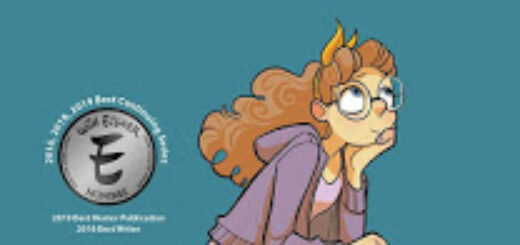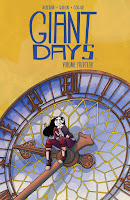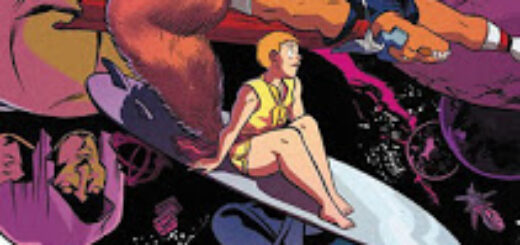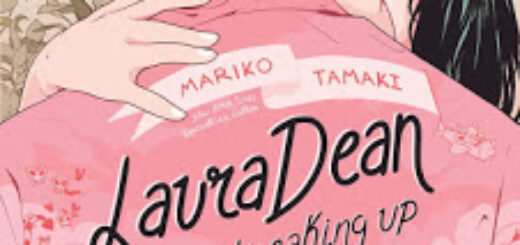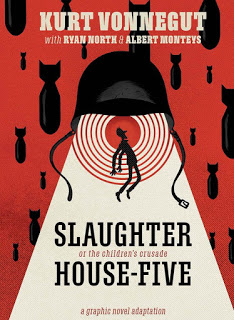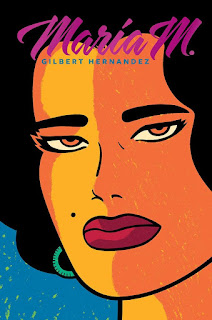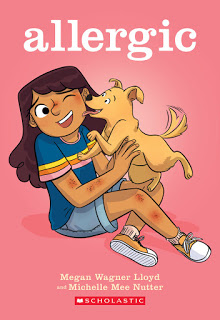The Fire Never Goes Out by Noelle Stevenson
No one’s story is as smooth and clear as it looks from outside. It might seem like someone has had only success after success, rising quickly, winning awards and conquering worlds at a young age. But you’d have to ask that person what it was really like.
The Fire Never Goes Ou t is a “what it was really like” book, covering roughly the past decade in Noelle Stevenson’s life. That was a decade where she went through art school in Baltimore, was discovered by an Internet audience, got a literary agent and a book deal, published a graphic novel that was a bestseller and an Eisner winner and a finalist for real-world literary awards too, graduated and got jobs writing and producing in Hollywood, was showrunner for an acclaimed popular TV show, fell in love and got married.
The comics collected here are about what that all felt like to Stevenson, how she was driven and tormented and felt like she was both on fire and had a hole straight through her body. (Comics are an ideal medium for this kind of personal reflection: Stevenson can just draw herself the way she feels , burning or covered with spikes or with a gaping hole in her chest, talking with her younger self or changing looks and style from drawing to drawing. And she does: she makes great use of the freedom comics gives her.) From the outside, it looks great: that rising arc of a career and life that we all think our twenties will be or should have been. From the inside…my guess is that Stevenson was both driven by her passions and demons to achieve what she did, and that those passions and demons made it all much harder and the crashes worse than it would otherwise have been.
But she did get through it: this is the story of getting through it. Assembled from the comics she made at the time, starting in 2011 in that first year of art school and running through her marriage in 2019. Much of the book is made up of long year-end posts she did – I’m not sure what social platform, or if they’re still available there, but they were stories made to be told in public and shared with her regular audience immediately – on her New Year’s Eve birthday every year from ’11 through ’18.
This book is triumphant, through adversity. It is true. It is aimed at the generation coming up after Stevenson, living their own complicated lives and feeling their own fires and holes in their chests, and I think it will help a lot of them, either directly or by telling them it’s OK to ask for help.
She has the fire. I believe her when she says it will not go out.
![]()
![]()
Reposted from The Antick Musings of G.B.H. Hornswoggler, Gent.










